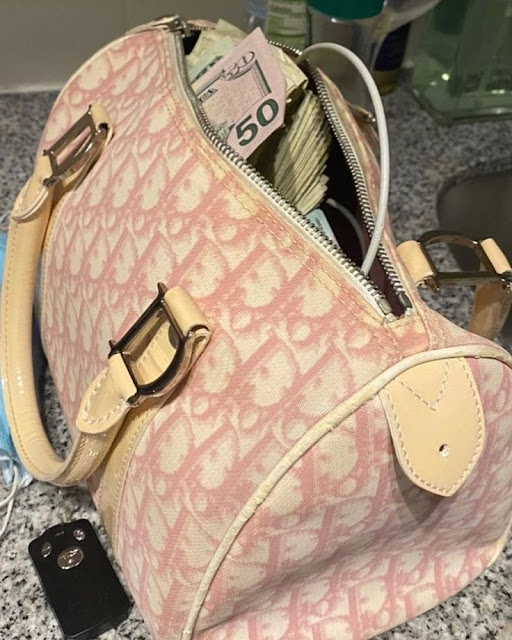### Colonial Era to Independence (1690-1776)
- **Colonial Currency:** Before independence, the American colonies used various forms of currency, including British pounds, Spanish dollars, and commodity money.
- **First Paper Money:** In 1690, the Massachusetts Bay Colony issued the first paper money in the American colonies to fund military expeditions.
### Continental Congress and the Continental Dollar (1775-1783)
- **Continental Currency:** During the American Revolution, the Continental Congress issued the Continental Dollar to finance the war. However, due to overproduction and lack of backing, it rapidly depreciated, leading to the phrase "not worth a Continental."
### Establishment of the U.S. Dollar (1792)
- **Coinage Act of 1792:** The U.S. dollar was established by the Coinage Act of 1792, creating the U.S. Mint and defining the dollar in terms of a specific weight of silver. The act also established the production of coins such as the eagle ($10), dollar, half dollar, and cent.
### 19th Century Developments
- **Gold Rush and Bimetallism:** The discovery of gold in California and other areas increased the supply of gold. The U.S. operated on a bimetallic standard (gold and silver) until the Coinage Act of 1873, which effectively placed the U.S. on a de facto gold standard.
- **Greenbacks:** During the Civil War, the government issued paper money known as "Greenbacks" to finance the war. These were not backed by gold or silver but by the credit of the government.
### Early 20th Century and the Federal Reserve (1913)
- **Federal Reserve Act of 1913:** Established the Federal Reserve System, the central bank of the United States, to provide a more flexible and stable monetary and financial system. The Federal Reserve issued Federal Reserve Notes, which became the predominant form of U.S. currency.
### The Gold Standard and Its Demise (1933-1971)
- **Great Depression:** In 1933, President Franklin D. Roosevelt took the U.S. off the gold standard for domestic transactions to combat the Great Depression, although international transactions remained on the gold standard until 1971.
- **Bretton Woods System:** Established in 1944, it pegged international currencies to the U.S. dollar, which was convertible to gold at $35 per ounce. This system collapsed in 1971 when President Richard Nixon ended the dollar's convertibility to gold, leading to a system of floating exchange rates.
### Modern Era (1971-Present)
- **Fiat Currency:** Since 1971, the U.S. dollar has been a fiat currency, meaning it is not backed by physical commodities but by the government's declaration that it has value.
- **Global Reserve Currency:** The U.S. dollar remains the world's primary reserve currency, widely used in international trade and finance.
### Recent Developments
- **Digital and Cryptocurrency:** In recent years, discussions around the development of a digital dollar and the impact of cryptocurrencies have emerged, reflecting ongoing evolution in the nature of money and payment systems.
The U.S. dollar's history reflects broader economic, political, and technological changes, underscoring its central role in both American and global economies.













.png)
.jpg)
.jpg)
.png)
.jpg)
0 comments: